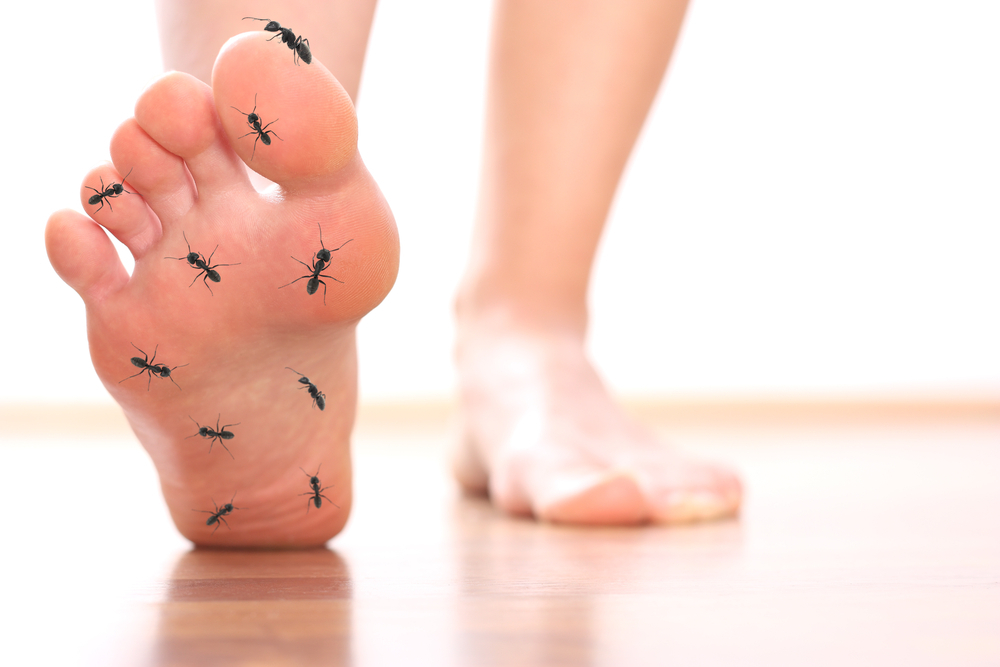Diabetic Foot Care

HOW DOES DIABETES AFFECT FEET?
Diabetes can cause serious foot problems. These conditions include the loss of nerve function (diabetic neuropathy) and loss of circulation (peripheral vascular disease). These two conditions can lead to:
- Diabetic foot ulcers: wounds that do not heal
- Infections: skin infections (cellulitis), bone infections (osteomyelitis) and pus collections (abscesses)
- Gangrene: dead tissue resulting from complete loss of circulation
- Charcot arthropathy: fractures and dislocations that may result in severe deformities
- Amputation: partial foot, whole foot, or below-knee amputation
Symptoms
Symptoms of neuropathy include the loss of sensation or pain and tingling sensations. Because of the lack of sensation, patients may develop a blister, abrasion, or wound, but they may not feel any pain. Decreased circulation may cause skin discoloration, skin temperature changes, or pain. Depending on the specific problem, patients may notice swelling, discoloration (red, blue, gray or white skin), red streaks, increased warmth or coolness, injury with no or minimal pain, a wound with or without drainage, staining on socks, tingling pain, or deformity. Patients with infection may have fever, chills, shakes, redness, drainage, loss of blood sugar control, or shock (unstable blood pressure, confusion, and delirium).
Causes
Neuropathy is associated with the metabolic abnormalities of diabetes. Vascular disease is present in many patients at the time of diagnosis of diabetes. Ulcers may be caused by external pressure or rubbing from a poorly fitting shoe, an injury from walking barefoot, or a foreign object in the shoe (rough seam, stone, or tack). Infections usually are caused by bacteria entering through a break in the skin such as an ulcer, area of toenail pressure, ingrown toenail, or areas of skin degeneration between the bases of the toes. Gangrene may be caused by a loss of circulation.
Diagnosis
Nerve function may be abnormal, so the patient may not feel pain. This frequently causes a delay in the diagnosis, and the patient may be diagnosed late with a limb- or life-threatening infection as a result.
Your foot and ankle orthopaedic surgeon will make a diagnosis based on the symptoms and signs noted above. The absence of sensation may be confirmed, and images may show gas in the soft tissues, soft tissue swelling or defect, or changes consistent with bone infection, fracture, or dislocation.
Ulcers are graded for size, depth, and vascularity. Additional imaging studies may be helpful, including a bone scan, MRI, or CT scan. Tissue cultures from the base of an ulcer may be more reliable than swab cultures from the ulcer. Vascular studies may help determine how well blood is circulating, which is important for predicting wound healing.
Treatments
Wounds may be cleaned and treated with dressings and immobilization devices such as custom boots or total contact casts. Infections are cleaned and antibiotics are given. Non-surgical treatment for Charcot arthropathy may include immobilization with or without weightbearing. Gangrene of the toes may be treated with observation if the infection is under control.
Severe infections such as abscesses or osteomyelitis may be treated with surgical removal of decaying tissue or amputation. Surgical treatment for Charcot arthropathy may include correction of the deformity with operative stabilization. Vascular disease may be treated by vascular surgeons with arterial bypass procedures. Gangrene may be treated with partial foot amputation or below-knee amputation.